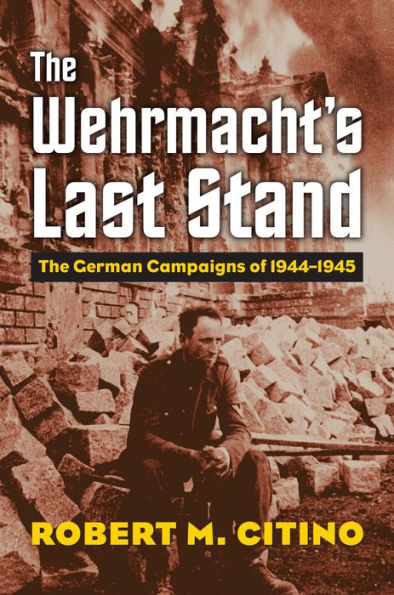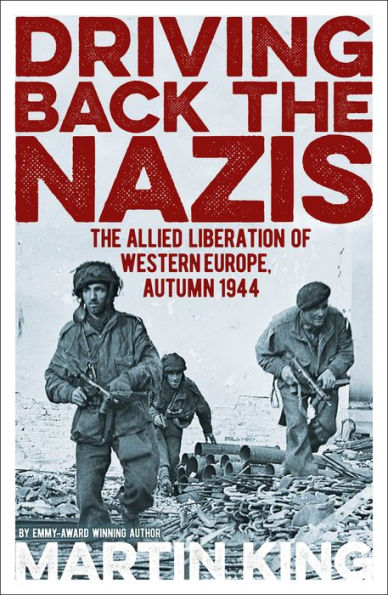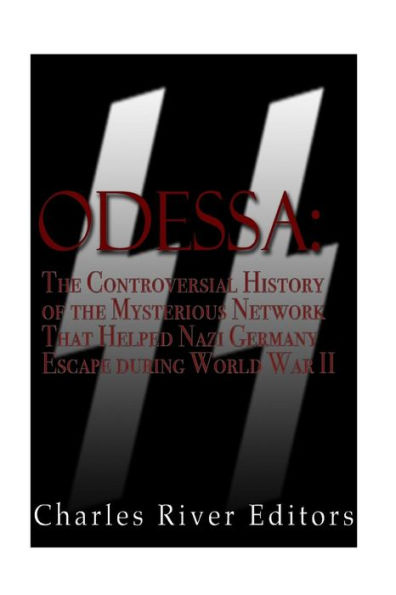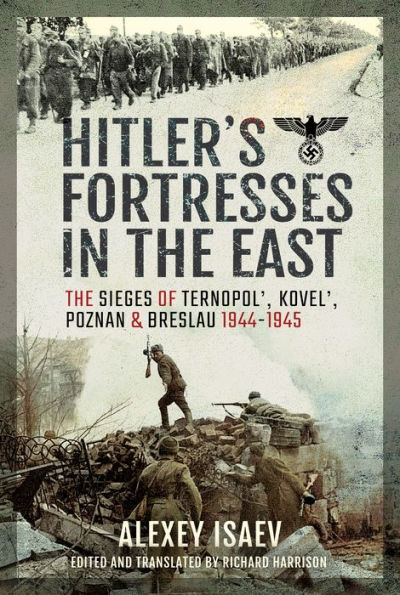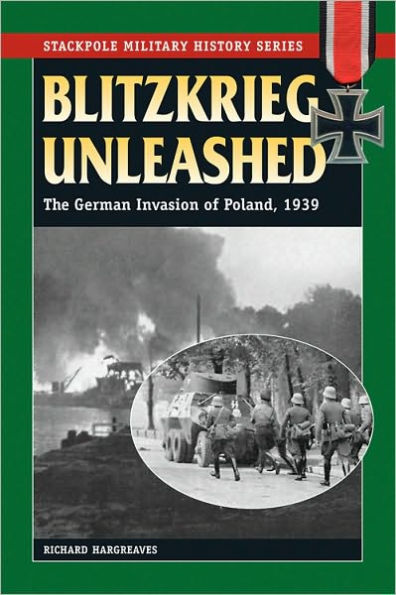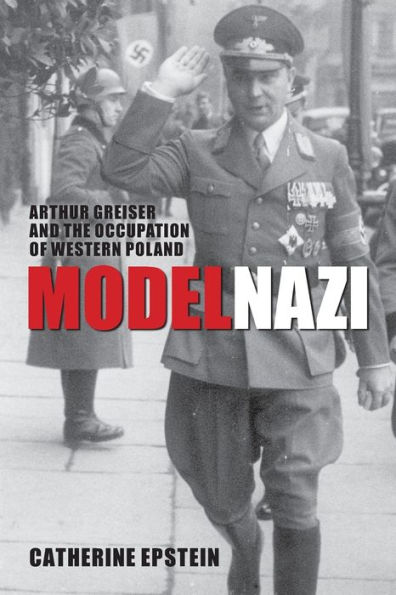Home
The Warsaw Uprising of 1944: The History of the Polish Resistance's Failed Attempt to Liberate Poland's Capital from Nazi Germany
Loading Inventory...
Barnes and Noble
The Warsaw Uprising of 1944: The History of the Polish Resistance's Failed Attempt to Liberate Poland's Capital from Nazi Germany
Current price: $10.24


Barnes and Noble
The Warsaw Uprising of 1944: The History of the Polish Resistance's Failed Attempt to Liberate Poland's Capital from Nazi Germany
Current price: $10.24
Loading Inventory...
Size: OS
*Product Information may vary - to confirm product availability, pricing, and additional information please contact Barnes and Noble
*Includes pictures *Includes accounts of the uprising from both sides *Includes online resources and a bibliography for further reading *Includes a table of contents "When we crush the uprising, Warsaw will get what it deserves: total annihilation." - Adolf Hitler "I kneel before the heroes who fought in Warsaw, however I think that the uprising was the biggest and most reckless catastrophe of Poland." - General Wladyslaw Anders After a brief revival following World War I, during which it successfully defeated a Soviet attempt to invade in an effort to carry "international revolution" into Germany and Central Europe, Poland once again fell victim to its neighbors in 1939. Adolf Hitler's Third Reich and Josef Stalin's USSR collaborated in the conquest, and then split Poland between them. The Germans carried out most of the fighting and gained the choicest parts of the nation. As a penetratingly bitter New York Times editorial stated on September 18th, 1939, "Germany having killed the prey, Soviet Russia will seize that part of the carcass that Germany cannot use. It will play the noble role of hyena to the German lion. This gross betrayal of the professions that Soviet Russia has been making for years is being defended in the manner with which the world has now grown sickeningly familiar. Because Poland has 'virtually ceased to exist, ' Russia is free to break every treaty with it (Sword, 1991, 292). The Germans instituted oppressive rule in their portion of Poland, executing some 7,000 people on political grounds and imprisoning thousands of others. 1.5 million Poles became forced laborers in Germany, and though seldom noted, the Soviets applied equally brutal methods in their sector, executing 22,000 Polish officers at the Katyn Forest Massacre. NKVD death squads murdered 40,000 civilians and deported 1.4 million people to Siberia and other remote areas, from which a sizable percentage never returned alive. As the Soviets began to push the Germans back west, the Red Army plunged headlong into Poland in late June 1944 on the heels of German Army Group Center's retreating forces. The British urged the AK to cooperate with the Soviets, but the Russians wanted Poland and treated the Resistance as enemy partisans. The NKVD arrested AK members by the thousands, executing their leaders out of hand. By late July, the Polish government in exile thought it was time to order the AK to lead an uprising in Warsaw. The sight of German units retreating, and Soviet tanks seen on July 31st very close to the city, prompted the order to openly retake Poland's capital for the nation. Unfortunately, it was a decision also predicated on a naively optimistic faith in Anglo-American support. As a result, the Poles fought bravely but futilely in August and September against the Nazis, and the Nazis, as they so often did, mercilessly destroyed the city causing the trouble. Heinrich Himmler, the head of the notorious SS, told his men, "The city must completely disappear from the surface of the earth and serve only as a transport station for the Wehrmacht. No stone can remain standing. Every building must be razed to its foundation." In fact, the Germans had intended to destroy Warsaw from the beginning of the war, and they were terribly successful. One Allied pilot recalled, "There was no difficulty in finding Warsaw. It was visible from 100 kilometers away. The city was in flames but with so many huge fires burning, it was almost impossible to pick up the target marker flares." It's estimated that up to 200,000 Poles were killed in the process, and to top it all off, the Soviets arrested and executed countless more after the Nazis were finally gone. The Warsaw Uprising of 1944: The History of the Polish Resistance's Failed Attempt to Liberate Poland's Capital from Nazi Germany looks at the events that led to the uprising and the Nazi destruction of the city.




